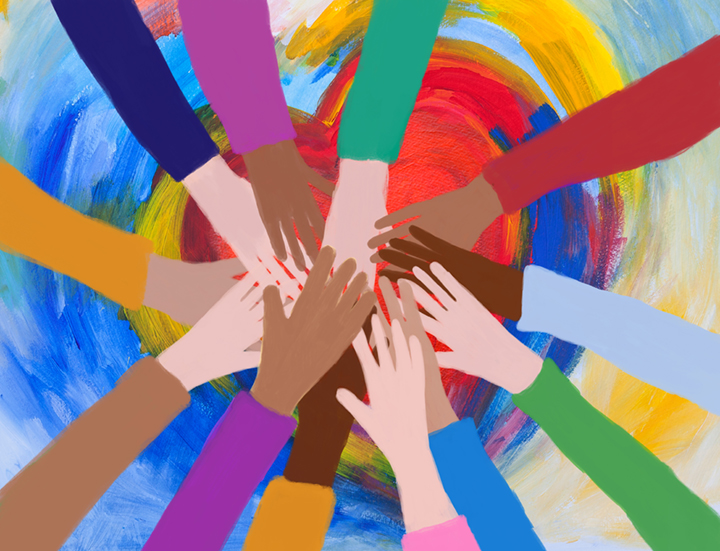
Share and learn about celebrations and traditions with classmates.
While exploring their own identity, values, and culture, Grade 1 learners studied factors that shape their identities by exploring ways in which their own family expresses its culture and identity. They also showed appreciation for the different ways in which other families, either in their communities or around the world, celebrate their culture and traditions. By learning from their peers, learners connected respectfully with them and valued the importance of diverse experiences.
During class discussions about their cultures and celebrations, it became apparent that learners easily listed the celebrations or traditions that their families valued, but that they were not used to explaining what activities took place during said celebrations or why they were important to them and their family.
To help them share their culture, traditions, and identity with their peers, learners co-constructed a list of questions that would allow them to learn more about their own cultures, values, and history. Once the questions were complete, they were tasked with choosing a tradition or celebration that they enjoyed celebrating at home. They used the co-constructed questions to interview an adult that they celebrate that day with, to learn more about why they celebrate that day, and to help them remember the activities that are a part of the day. Following the interview, learners and the interviewees drew a representation of the parts of the day that they cherished most.
Once the interviews and drawings were complete, learners had a better understanding of why their families valued certain celebrations or traditions and were reminded of which activities were a part of those days. The drawing and the interview notes (written by the interviewee due to the learner’s beginner literacy abilities) were then used in class to help the learners practise explaining the celebration or tradition and how their family participated in it.
Finally, learners shared their tradition or celebration with their peers orally. They showed their drawings, told their peers about their day, and brought in either clothing, an item, pictures, or a dish/treat to share with their peers. This gave learners the opportunity to hear and learn about a variety of diverse cultures, traditions, and experiences, while also making connections to their own lived experiences.
Sharing each other’s cultures in this way fostered a sense of community and belonging in the classroom while also cultivating a sense of pride in their own culture, traditions, and history and developing one’s identity and sense of belonging.